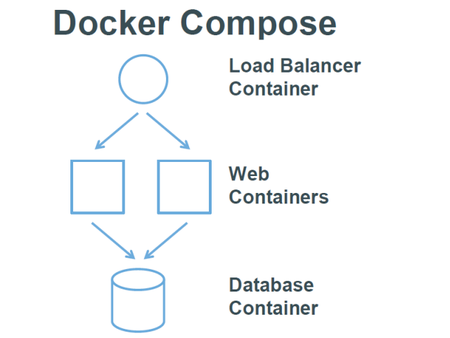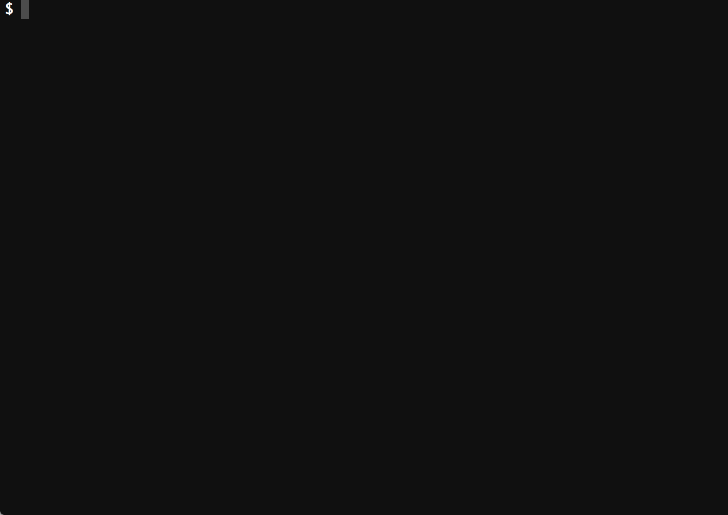Docker Compose 1.2.0 RC3 发布
发布于 2015-04-02 00:18:24 | 157 次阅读 | 评论: 0 | 来源: 网友投递
这里有新鲜出炉的Docker从入门到实践,程序狗速度看过来!
Docker 开源应用容器引擎
Docker 是一个开源的应用容器引擎,让开发者可以打包他们的应用以及依赖包到一个可移植的容器中,然后发布到任何流行的 Linux 机器上,也可以实现虚拟化。
Docker Compose 1.2.0 RC3 发布,测试此版本请使用:
curl -L https://github.com/docker/compose/releases/download/1.2.0rc3/docker-compose-`uname -s`-`uname -m` > /usr/local/bin/docker-compose chmod +x /usr/local/bin/docker-compose
此版本相比 RC1 和 RC2 修复的 bug 如下:
-
When copying a service's configuration with
extends,imageandbuildcould come into conflict, resulting in an error, as it makes no sense to have both defined. Each now overwrites the other: if a service withimagedefined is extended andbuildis added, theimageentry will be removed. -
When copying a service's configuration with
extends, if both services defined a multi-value option such asportsordns, the original value would be completely discarded. They are now concatenated instead. -
When a relative path is supplied to
build, it is treated as relative to the directory of the configuration file, not the directory thatdocker-composeis being run in. In the majority of cases, those are the same, but if you use the-f|--fileargument to specify a configuration file in another directory, this is a breaking change.
更多改进内容请看发行说明。
此版本现已提供下载:
Docker Compose 是 Docker 编排服务的一部分,Machine 可以让用户在其它平台快速安装Docker,Swarm 可以让 Docker 容器在集群中高效运转,而 Compose 可以让用户在集群中部署分布式应用。简单的说,Docker Compose 属于一个“应用层”的服务,用户可以定义哪个容器组运行哪个应用,它支持动态改变应用,并在需要时扩展。
Docker 是一个开源的应用容器引擎,让开发者可以打包他们的应用以及依赖包到一个可移植的容器中,然后发布到任何流行的 Linux 机器上,也可以实现虚拟化。

使用Compose的第一步是使用YAML文件来定义容器应用的状态:
containers:
web:
build: .
command: python app.py
ports:
- "5000:5000"
volumes:
- .:/code
links:
- redis
environment:
- PYTHONUNBUFFERED=1
redis:
image: redis:latest
command: redis-server --appendonly yes
上面的YAML文件定义了两个容器应用,第一个容器运行Python应用,并通过当前目录的Dockerfile文件构建。第二个容器是从Docker Hub注册中心的Redis官方仓库中构建。links指令用来定义依赖,意思是Python应用依赖于Redis应用。
定义完成后,通过下面的命令来启动应用:
% docker up
简单吧?通过YAML文件定义的容器应用已经成功启动起来,启动过程会按照YAML的配置严格运行。Python容器通过Dockerfile自动构建, 同时从注册中心拉取Redis容器构建。 links指令关注的是Python和Redis容器之间的依赖关系,Redis容器是最先开始构建,紧随其后的是Python容器。
介绍内容来自 DockerOne

历史版本 :
SLife 1.0 加入集群的配置和 Docker 化
Docker 重磅发布:LinuxKit 和 Moby 开源项目
Docker 17.03.1-ce 发布,应用容器引擎
Docker v17.04.0-ce-rc1 发布,应用容器引擎
Docker v17.03.1-ce-rc1 发布,应用容器引擎
Docker 重大更新,版本升至17.03,包名仓库全换
Docker v17.03.0-ce-rc1 发布,应用容器引擎
Docker 1.13.1 正式版发布,应用容器引擎
Docker v1.13.1-rc1 发布,应用容器引擎
Docker v1.13.0 正式版发布,应用容器引擎
Docker v1.13.0-rc7 发布,应用容器引擎
Docker 1.12.6 发布,应用容器引擎